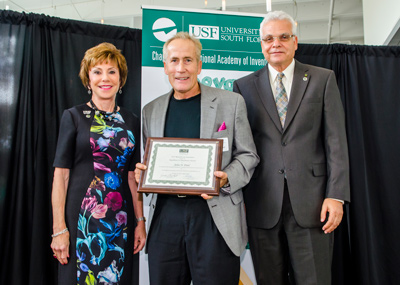Is this really grouper that I am eating? In order to answer this question, NCCOS sponsored scientists at the University of South Florida (USF) developed and patented a quick identification device for commercially important grouper species. A technological offshoot from a portable red tide detection sensor,the apparatus checks for mislabeled ‘grouper’ fish sold at restaurants and seafood markets.

The device, called ‘ GrouperChek,’ attaches to a laptop and is likened to a “tricorder,’ the fictionalStar Treklife forms detector. GrouperChek uses molecular genetic technology called Nucleic Acid Sequence-Based Amplification (NASBA) that measures and fluorescently highlights specific RNA nucleic acids that signal the presence and abundance of the targeted organism gene, which is species specific. The work is based on NCCOS ECOHAB red tide identification research initiated in 2001.
The project lead scientist, John H. Paul, is a Distinguished University Professor of biological oceanography at USF. In 2014 he launched a new company, PureMolecular LLC , to produce his patented portable tricorder device. His business group uses their experience in measuring messenger RNA as a surrogate for microbial gene expression in the design of hand-held and autonomous sensors for the detection of noxious microorganisms in coastal environments.
Dr. Paul’s collaborative work has led to a new publication, a successful proposal to the USF Seed Capital Accelerator Program that received funding from the Florida High Tech Corridor Council in 2014, and a successful proposal to NCCOS PCMHAB Program (2015) to use his patent to detect the onset of red tides.
For more information, contact Quay.Dortch@noaa.gov.
